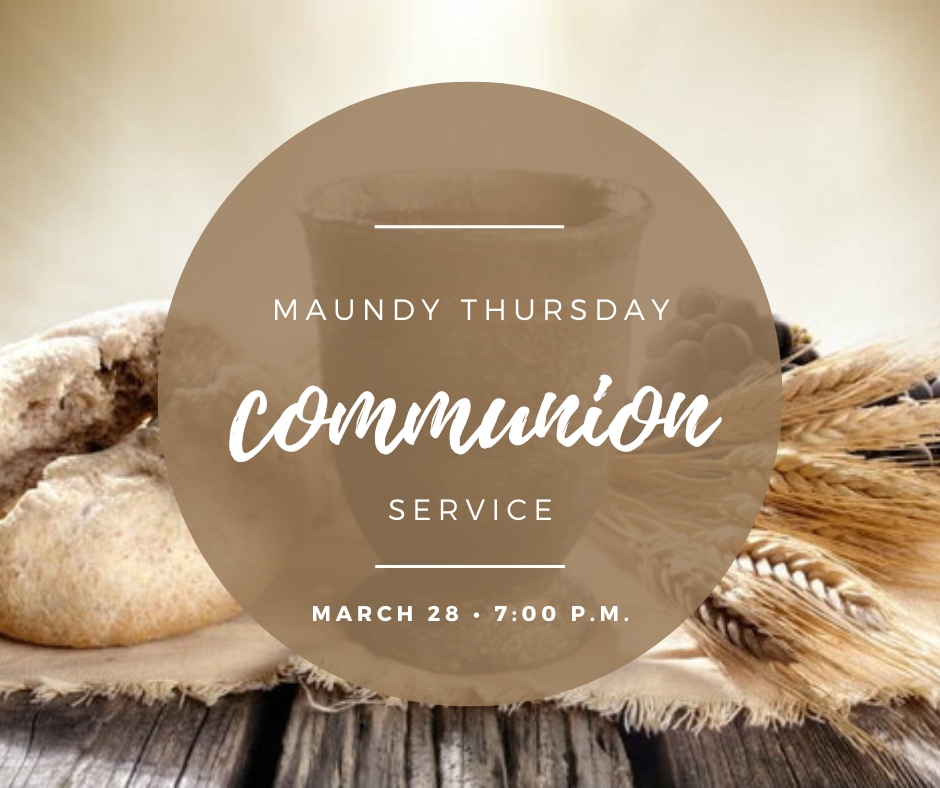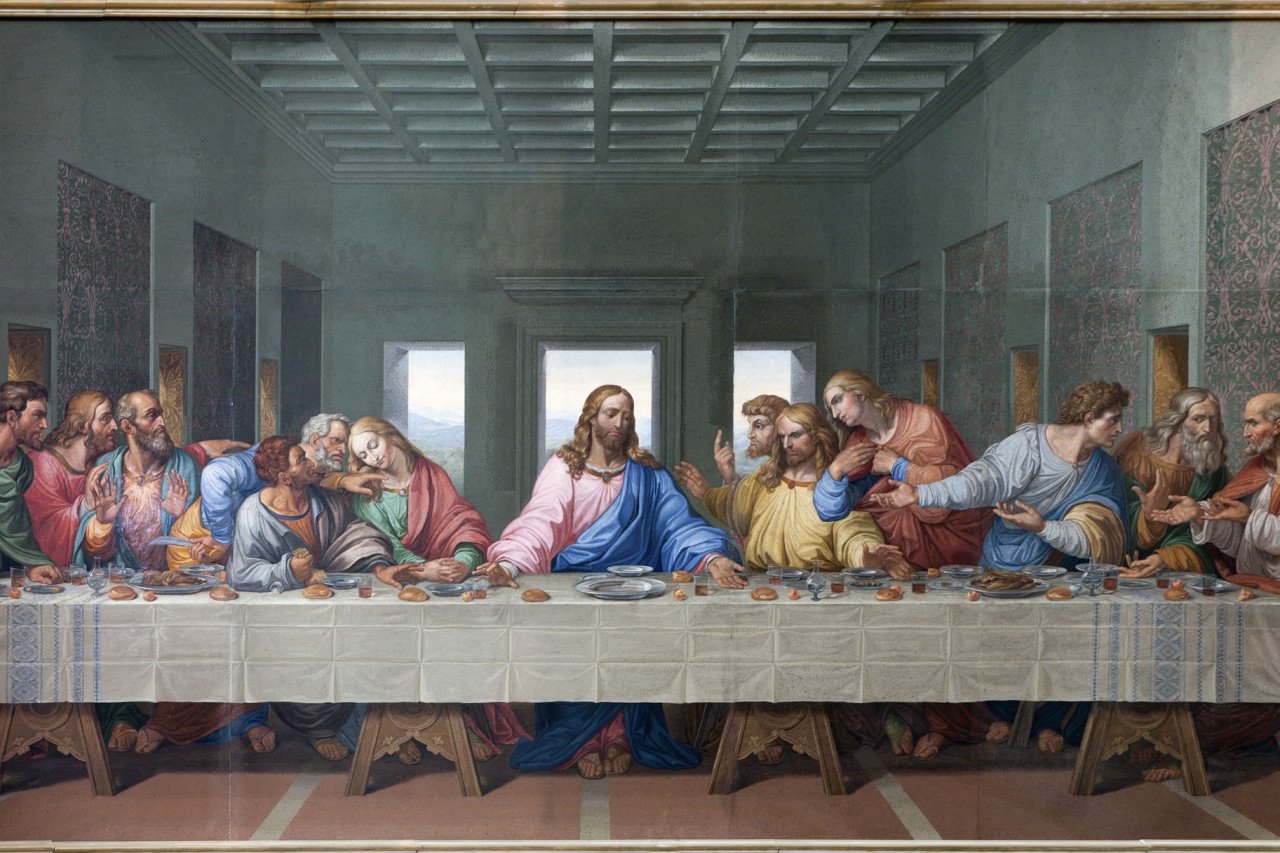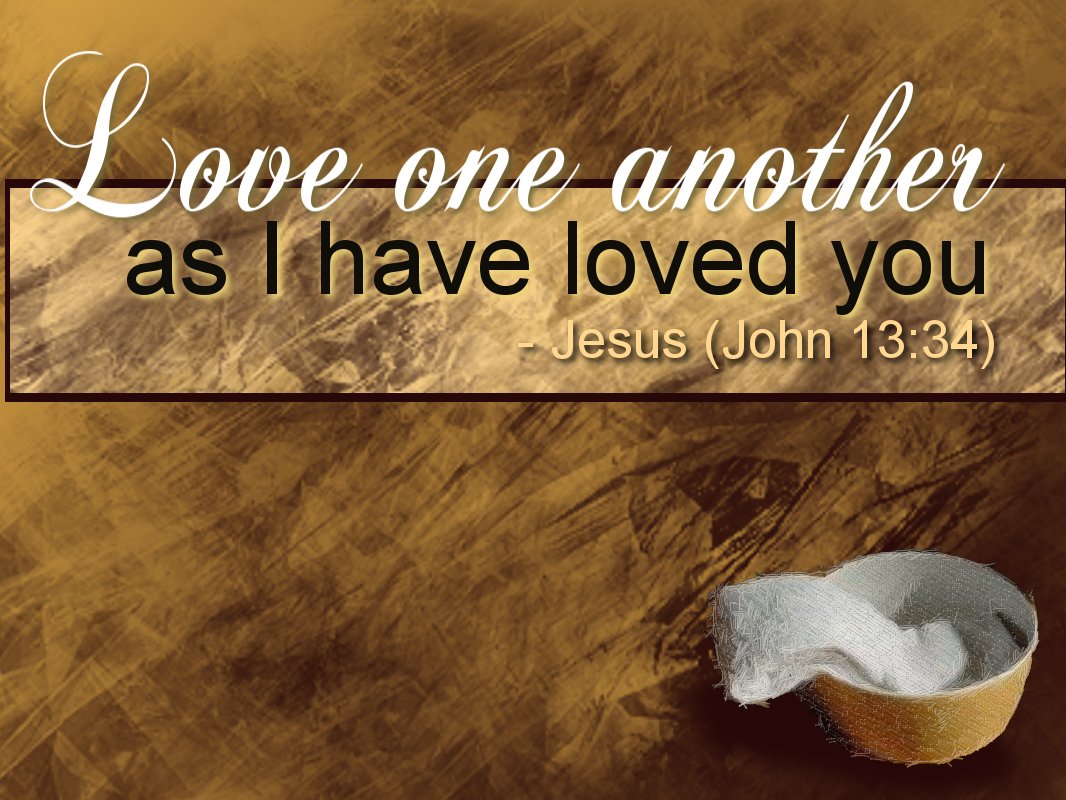Maundy Thursday is more than just a date on the calendar; it's a day of profound significance that connects history, faith, and tradition. If you’ve ever wondered what 3 things happened on Maundy Thursday, you're in for a treat. This article dives deep into the events, symbolism, and spiritual lessons behind this sacred day. Whether you're curious about the biblical story or looking to deepen your understanding of Christianity, we've got you covered. So grab a coffee, sit back, and let’s explore the magic of Maundy Thursday together!
Let me tell you something, Maundy Thursday is one of those days that feels like it’s packed with meaning. It’s not just another Thursday; it’s a moment in time where history and faith collide. If you’re reading this, chances are you’re curious about the three key events that went down on this day. And trust me, they’re epic. From Jesus washing His disciples' feet to the Last Supper, there’s so much to unpack here. This article will break it down step by step, so you don’t miss a thing.
Now, before we dive into the juicy details, let’s set the stage. Maundy Thursday isn’t just about religious rituals or ancient traditions—it’s about connection. It’s about understanding the love, sacrifice, and humility that define this day. Whether you’re a devout Christian or simply curious about history, there’s something here for everyone. So, let’s get started and uncover the three pivotal moments that shaped this sacred day!
Read also:Exclusive Insights Lauren Compton Interview Unveiled
What Is Maundy Thursday All About?
Alright, let’s start with the basics. Maundy Thursday is observed during Holy Week, right before Good Friday. It’s a day when Christians reflect on the events leading up to Jesus’ crucifixion. But here’s the kicker—it’s not just about mourning; it’s about celebrating the love and humility that Jesus demonstrated. Think of it as a day of preparation, where we remember the profound lessons He taught us.
So, what does "Maundy" even mean? Great question! The word comes from the Latin "mandatum," which means "commandment." Jesus gave His disciples a new commandment on this day: to love one another as He loved them. That’s some serious stuff right there. It sets the tone for everything else that happened, and it’s a reminder of the importance of love and service in our lives.
Why Is Maundy Thursday Important?
Here’s the thing: Maundy Thursday isn’t just about looking back; it’s about looking forward. It’s a day that reminds us of the power of love, sacrifice, and community. The events that unfolded on this day have shaped Christian theology and practice for centuries. Whether it’s the washing of feet, the Last Supper, or Jesus’ prayer in the Garden of Gethsemane, each moment carries deep meaning.
For Christians, Maundy Thursday is a call to action. It’s a reminder to live out the values Jesus taught: humility, compassion, and love. And for those who aren’t religious, it’s still a fascinating glimpse into the history and traditions that have shaped our world. So, why is it important? Because it connects us to something bigger than ourselves.
The First Thing That Happened: Jesus Washed the Disciples’ Feet
Okay, let’s talk about the first major event. Jesus washing the disciples’ feet is one of the most powerful moments in the Bible. It’s a symbol of humility and servanthood. Picture this: Jesus, the Son of God, getting down on His hands and knees to wash the dusty feet of His followers. It’s not exactly what you’d expect from someone who’s considered divine, right?
But here’s the thing: Jesus wasn’t just washing their feet; He was teaching them a lesson. In a world where status and power mattered so much, He showed them that true greatness comes from serving others. It’s a lesson that resonates even today. We live in a world where people are always chasing success and recognition, but Jesus reminds us that true fulfillment comes from putting others first.
Read also:Charlamagne Tha God Wife The Untold Story Behind The Power Couple
What Does Foot Washing Symbolize?
Foot washing might seem like a strange ritual to us today, but in biblical times, it was a sign of hospitality. When guests arrived at someone’s home, their feet would be washed to clean off the dust and dirt from the road. Jesus took this ordinary act and turned it into a profound spiritual lesson.
By washing His disciples’ feet, Jesus was showing them that no task is too lowly when it comes to serving others. He was also demonstrating that true leadership isn’t about being served; it’s about serving. This act of humility challenges us to rethink how we approach relationships and leadership in our own lives.
The Second Thing That Happened: The Last Supper
Now, let’s move on to the second big event: the Last Supper. This is the moment when Jesus shared a final meal with His disciples and instituted the practice of communion. It’s a moment filled with emotion, tension, and deep meaning. Think about it: Jesus knew what was coming. He knew He was about to be betrayed, arrested, and crucified. And yet, He chose to spend His final hours with His closest friends.
During the Last Supper, Jesus took bread and wine and gave them new significance. He said, “This is my body, which is given for you,” and “This cup is the new covenant in my blood.” These words have echoed through the centuries, shaping the way Christians remember and honor His sacrifice. The Last Supper isn’t just a meal; it’s a sacred ritual that connects believers across time and space.
What Is the Meaning of Communion?
Communion, or the Eucharist, is a central practice in many Christian traditions. It’s a way of remembering Jesus’ sacrifice and renewing our commitment to Him. When we take the bread and wine, we’re participating in a sacred act that transcends time and place. It’s a reminder that we’re part of something bigger than ourselves.
But here’s the cool part: communion isn’t just about remembering the past; it’s about living in the present and looking toward the future. It’s a call to live out the values Jesus taught: love, forgiveness, and unity. Whether you’re taking communion in a cathedral or a small house church, the meaning remains the same. It’s a powerful reminder of the love and sacrifice that define Christianity.
The Third Thing That Happened: Jesus’ Prayer in the Garden of Gethsemane
Finally, let’s talk about the third major event: Jesus’ prayer in the Garden of Gethsemane. After the Last Supper, Jesus went to the garden to pray. It was a moment of intense emotion and vulnerability. He knew what was coming, and He wasn’t afraid to express His feelings to His Father. “Father, if it is possible, may this cup be taken from me,” He prayed. But then He added, “Yet not as I will, but as you will.”
This moment is a powerful reminder of Jesus’ humanity. He wasn’t just a distant figure; He was someone who felt fear, doubt, and pain. And yet, He chose to trust God’s plan, even when it was difficult. His prayer in the Garden of Gethsemane teaches us about surrender, trust, and obedience. It’s a lesson that resonates with anyone who’s ever faced a tough decision or uncertain future.
What Can We Learn from Jesus’ Prayer?
Jesus’ prayer in the Garden of Gethsemane is a masterclass in surrender. It shows us that it’s okay to bring our fears and doubts to God. It also reminds us that true faith isn’t about having all the answers; it’s about trusting God’s plan, even when we don’t understand it. This lesson is especially relevant in today’s fast-paced world, where we’re often encouraged to take control and figure things out on our own.
But here’s the thing: sometimes the best thing we can do is let go and trust. Jesus’ example teaches us that true strength comes from vulnerability and dependence on God. It’s a lesson that can transform the way we approach life’s challenges and uncertainties.
Other Key Events on Maundy Thursday
While the three main events we’ve discussed are the most significant, there are a few other moments worth mentioning. For example, during the Last Supper, Jesus predicted that Peter would deny Him three times before the rooster crowed. This moment is a powerful reminder of human weakness and the need for grace and forgiveness.
Another important event is Judas’ betrayal. After the meal, Judas left to betray Jesus to the authorities. This moment is a stark reminder of the consequences of betrayal and the importance of loyalty and trust. It’s a sobering reminder that even those closest to us can sometimes let us down.
What Can We Learn from These Events?
These additional events on Maundy Thursday teach us valuable lessons about human nature, forgiveness, and redemption. They remind us that we’re all flawed and in need of grace. They also challenge us to reflect on our own relationships and actions. Are we loyal to those who trust us? Do we extend forgiveness to those who hurt us? These are questions worth pondering as we reflect on the events of Maundy Thursday.
The Symbolism of Maundy Thursday
Maundy Thursday is rich with symbolism, and each event carries deep meaning. From the washing of feet to the Last Supper and Jesus’ prayer in the Garden of Gethsemane, every moment teaches us something about love, sacrifice, and faith. These symbols connect us to the past and inspire us to live out these values in the present.
But here’s the cool part: the symbolism of Maundy Thursday isn’t just for Christians. It’s for anyone who’s looking for meaning and purpose in life. Whether you’re exploring faith for the first time or deepening your spiritual practice, the lessons of Maundy Thursday have something to offer everyone.
How Can We Apply These Lessons Today?
So, how can we apply the lessons of Maundy Thursday to our lives today? Start by practicing humility. Look for opportunities to serve others, no matter how small the task may seem. Next, embrace the practice of communion. Whether it’s through formal rituals or personal reflection, find ways to remember Jesus’ sacrifice and renew your commitment to Him. Finally, cultivate trust and surrender. Learn to bring your fears and doubts to God and trust His plan, even when it’s difficult.
Conclusion: Reflecting on Maundy Thursday
As we’ve explored the three key events of Maundy Thursday—the washing of feet, the Last Supper, and Jesus’ prayer in the Garden of Gethsemane—we’ve uncovered profound lessons about love, sacrifice, and faith. These moments remind us of the power of humility, the importance of community, and the need for trust and surrender.
So, what’s next? Take some time to reflect on what you’ve learned. Think about how you can apply these lessons to your own life. And don’t forget to share this article with others! The more we talk about the significance of Maundy Thursday, the more we can deepen our understanding and appreciation of this sacred day. So go ahead, spread the word, and let’s keep the conversation going!
Table of Contents:
• What Is Maundy Thursday All About?
• Why Is Maundy Thursday Important?
• The First Thing That Happened: Jesus Washed the Disciples’ Feet
• What Does Foot Washing Symbolize?
• The Second Thing That Happened: The Last Supper
• What Is the Meaning of Communion?
• The Third Thing That Happened: Jesus’ Prayer in the Garden of Gethsemane
• What Can We Learn from Jesus’ Prayer?
• Other Key Events on Maundy Thursday
• What Can We Learn from These Events?
• The Symbolism of Maundy Thursday
• How Can We Apply These Lessons Today?
• Conclusion: Reflecting on Maundy Thursday



